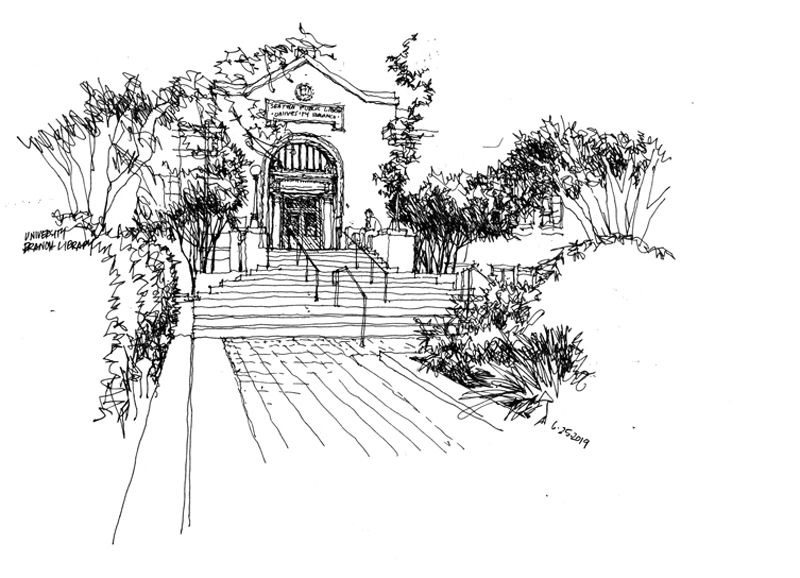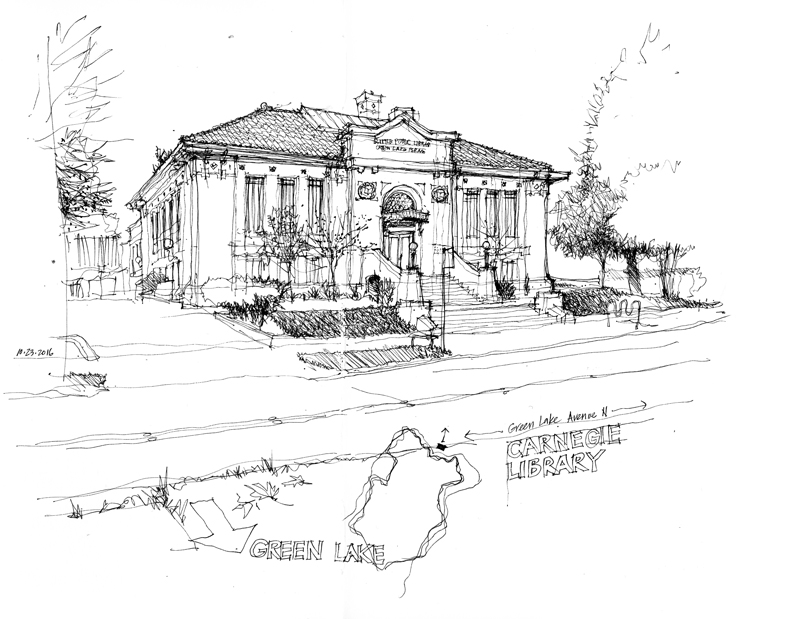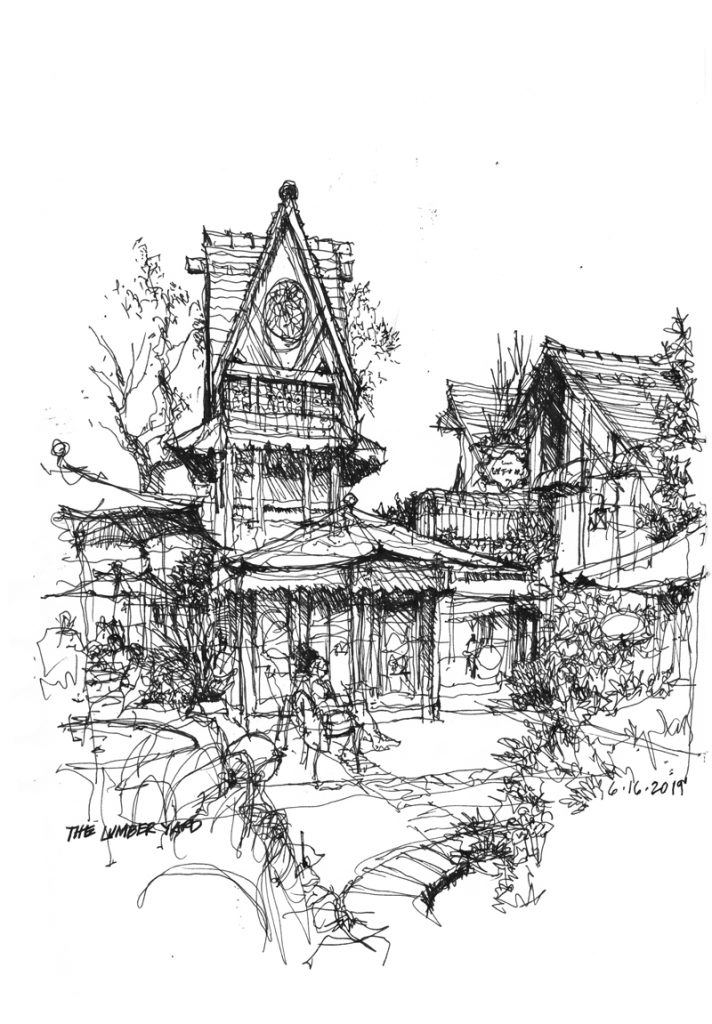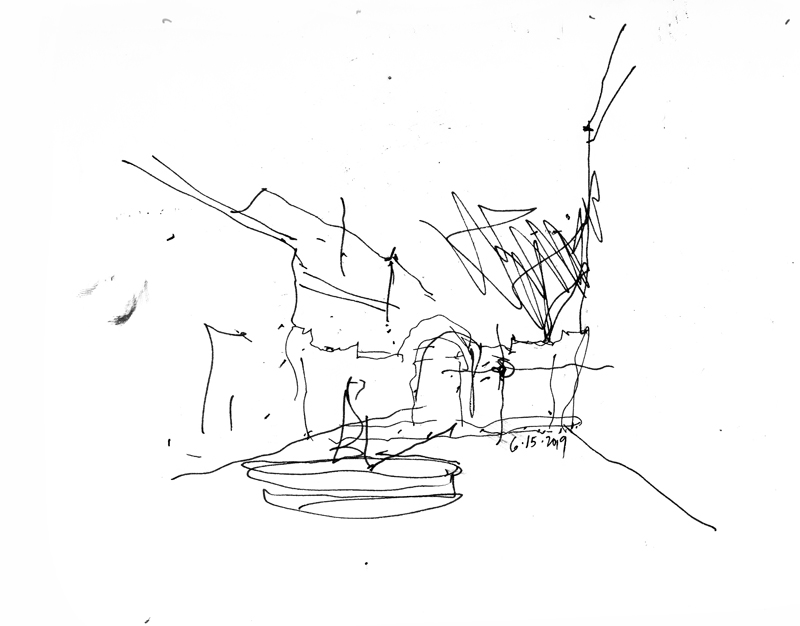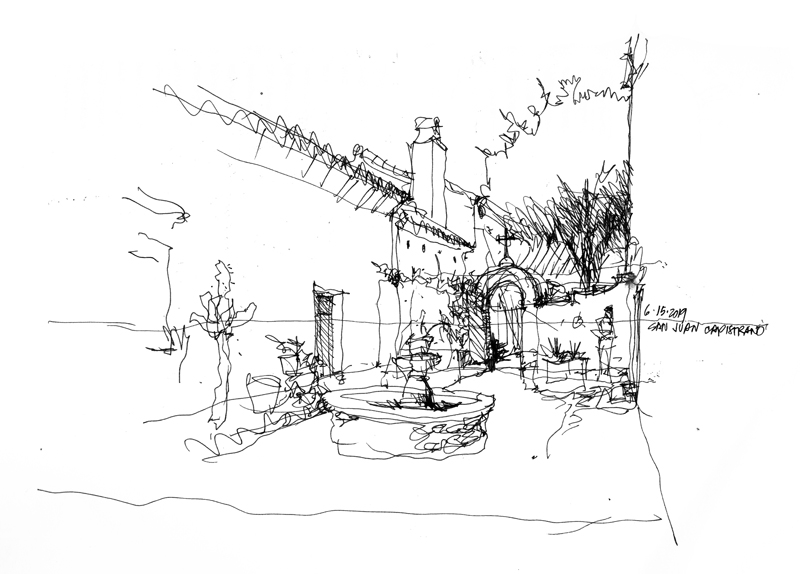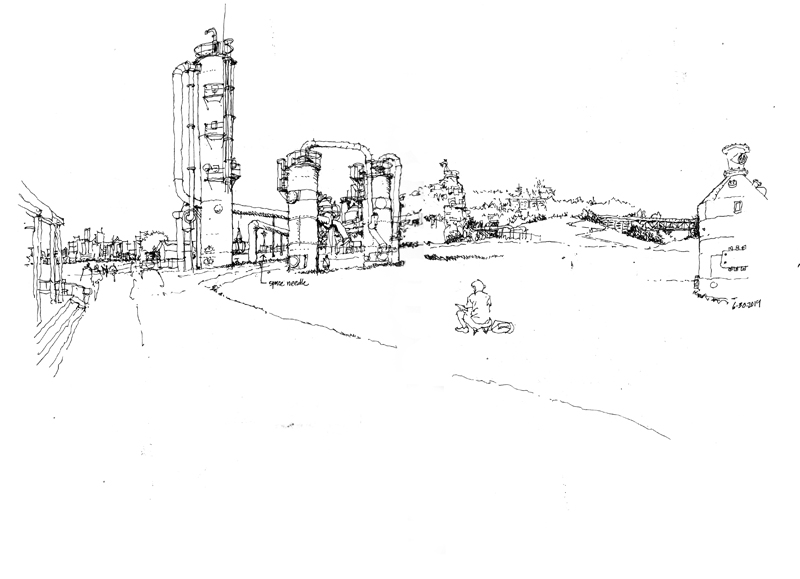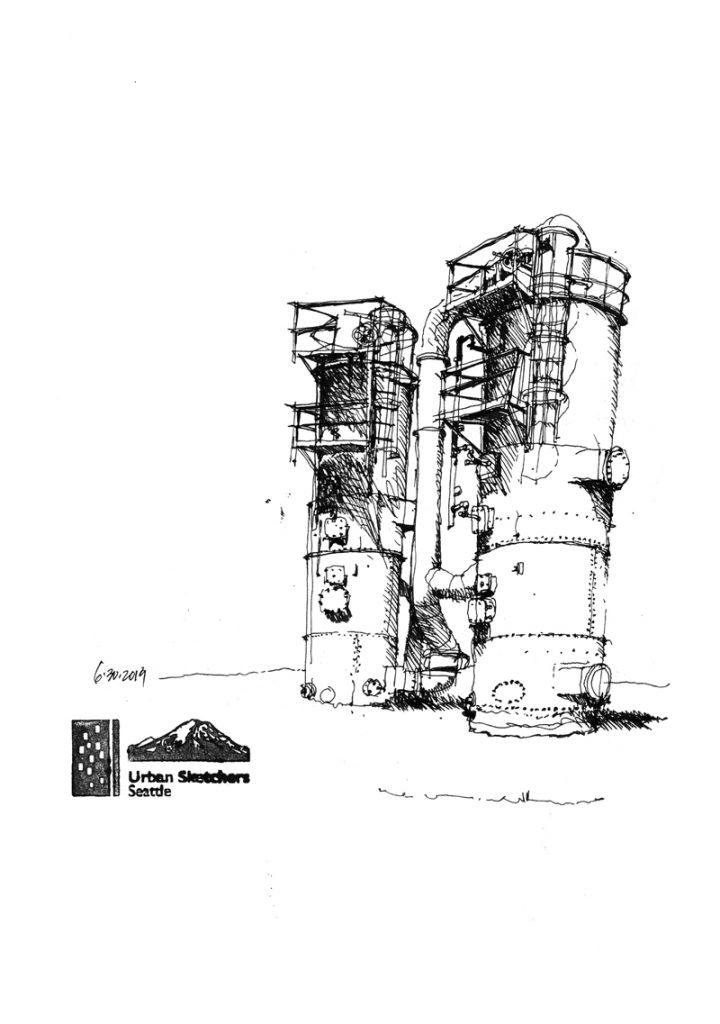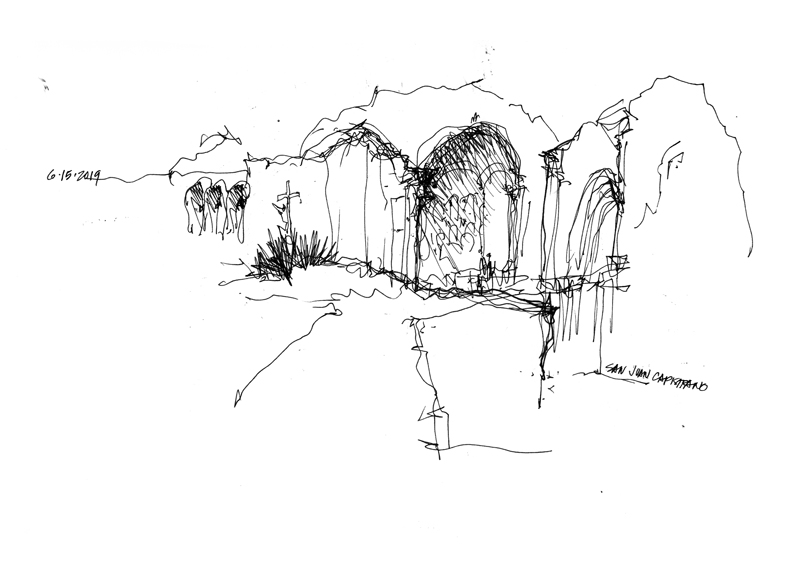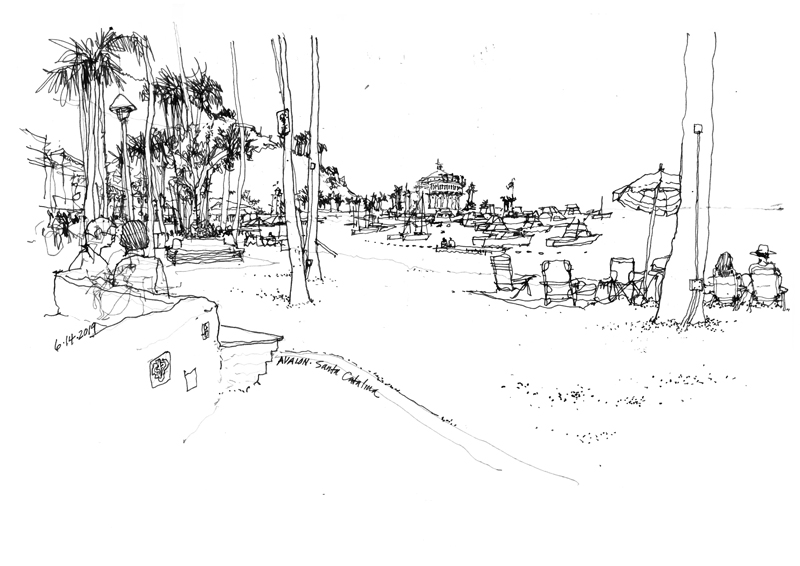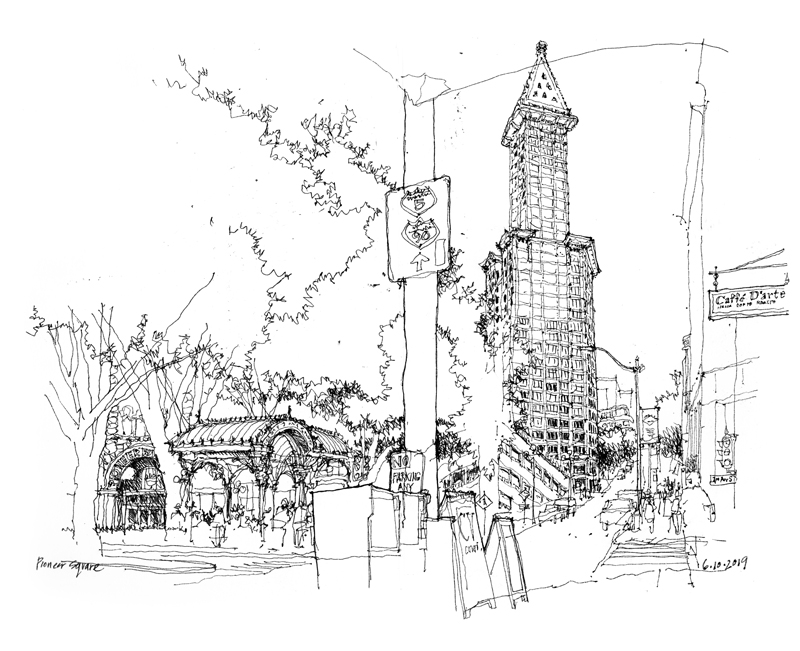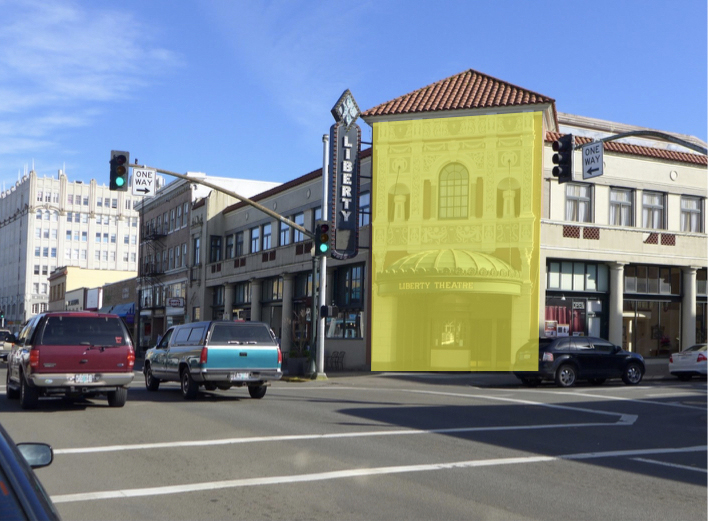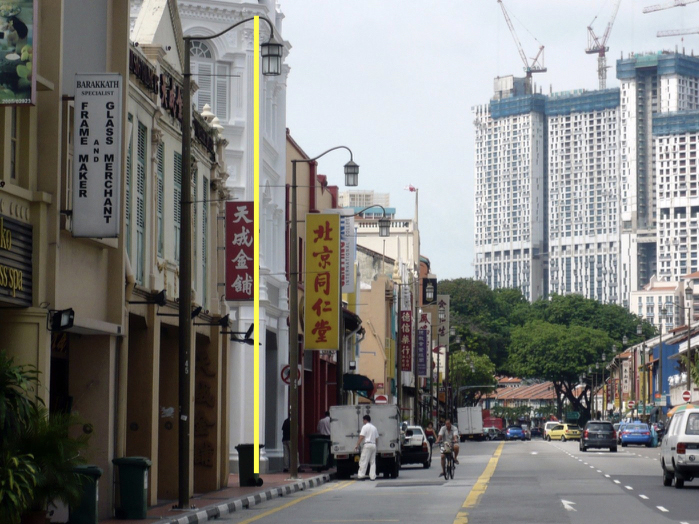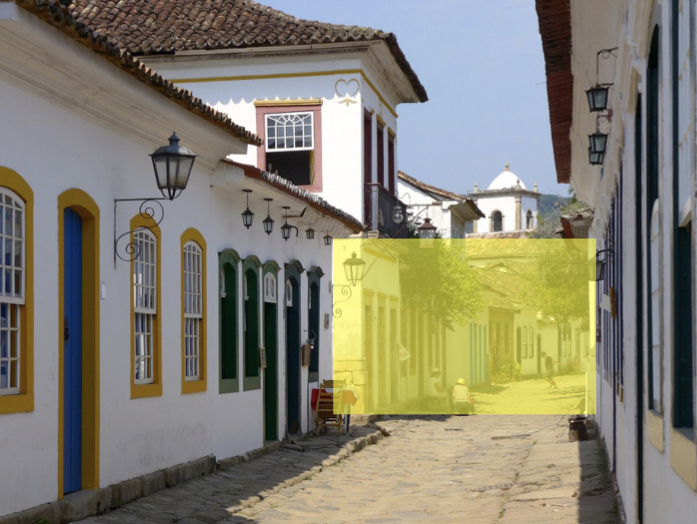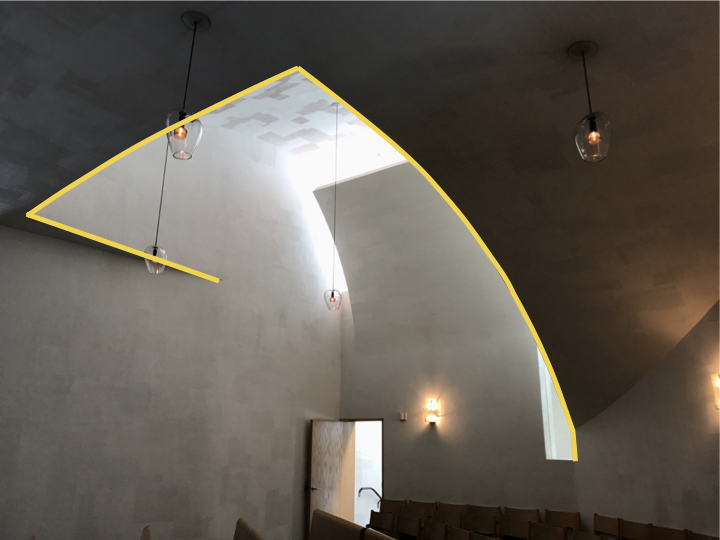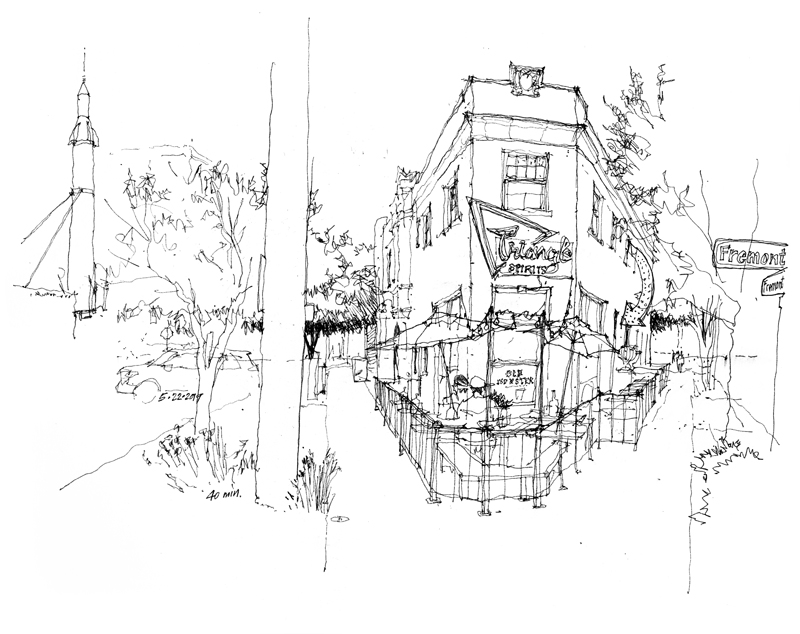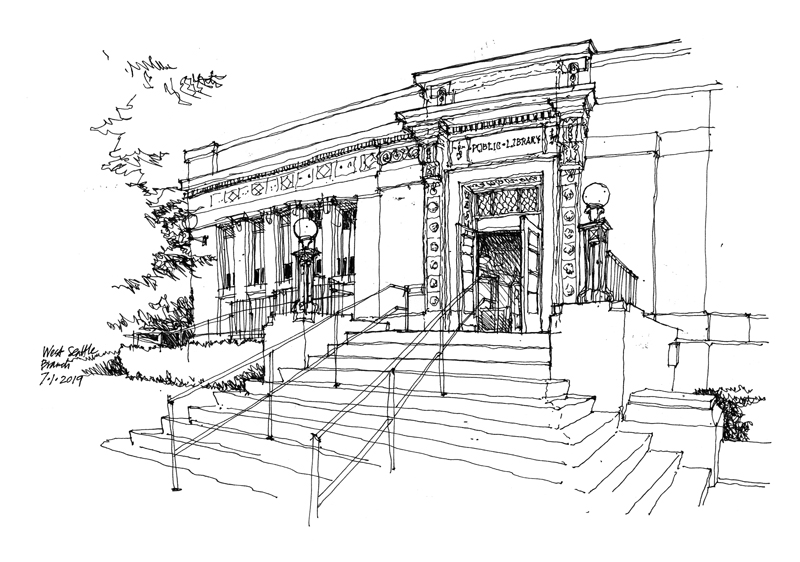
The West Seattle Branch was the third library to be funded by Andrew Carnegie’s 1908 grant to the Seattle Public Library system. It opened on Saturday, July 23, 1910. As with the University and Green Lake branches, the architecture firm Somervell and Coté designed the Neoclassical style structure. In 1984, Seattle voters approved a bond issue to fund renovation of the Carnegie branch libraries, which the West Seattle Branch received in 1987. In 2004, another renovation added a much requested auditorium to the facility.

